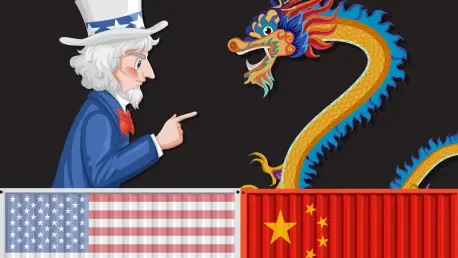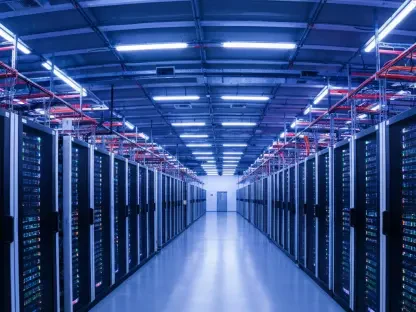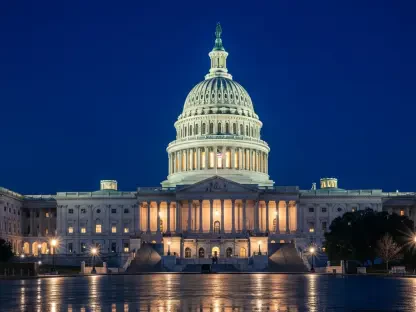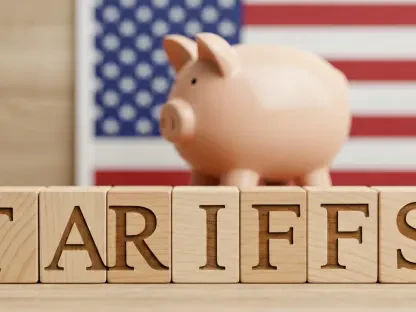As the US-China trade war continues to evolve, I’m thrilled to sit down with Donald Gainsborough, a political savant and leader at Government Curated, whose deep expertise in international policy and legislation offers a unique perspective on this complex issue. With tensions escalating through export restrictions, retaliatory tariffs, and high-stakes summit meetings, Donald provides invaluable insights into the shifting dynamics of this economic conflict. In our conversation, we explore the strategic moves by both nations, the impact on global industries, the significance of upcoming diplomatic engagements, and the broader implications for economic relations and domestic policies on both sides of the Pacific.
Can you walk us through how the current phase of the US-China trade war differs from what we’ve seen in recent months?
Absolutely, Debora. What we’re witnessing now is a marked shift in intensity and strategy, particularly from China. Just a few months ago, the focus was largely on tariffs and counter-tariffs, with both sides testing each other’s resolve. Now, China’s export restrictions on rare-earth metals and other critical materials signal a willingness to weaponize their dominance in key supply chains. This isn’t just tit-for-tat anymore; it’s a deliberate escalation that targets industries vital to the US and global economies, like tech and defense. The dynamics have shifted to a more aggressive, calculated standoff, where China seems prepared to match or even outpace US moves.
What do you make of China’s recent decision to tighten restrictions on rare-earth metals and impose export licensing requirements?
It’s a bold power play, no doubt. China controls the lion’s share of rare-earth production and processing, and by expanding these restrictions, they’re sending a clear message: they can disrupt global supply chains at will. These metals are crucial for everything from electric vehicles to military equipment, so this move creates immediate pressure on US and allied industries. It’s not just about economics; it’s about leveraging dependency to gain strategic advantage, especially as they position themselves ahead of key diplomatic moments like the upcoming APEC summit.
How are these export restrictions affecting industries in the US and beyond?
The impact is profound and far-reaching. In the US, industries like electric vehicle manufacturing and defense are scrambling because rare-earth metals are irreplaceable in high-performance magnets and advanced tech. Globally, countries reliant on these materials—think Japan, South Korea, and Europe—are facing production delays and cost spikes. This isn’t just a bilateral issue; it’s a wake-up call for the world to rethink supply chain vulnerabilities. Companies are now forced to seek alternative sources or invest heavily in domestic production, which isn’t a quick fix.
Turning to the US response, how effective do you think measures like expanding the Entity List and imposing fees on China-linked ships have been?
These moves are a mixed bag. Expanding the Entity List to restrict China’s access to advanced semiconductor chips is a strong signal—it hits at China’s tech ambitions. The shipping levies also aim to bolster US industries and counter China’s dominance in global trade logistics. But effectiveness is questionable. China has shown resilience in finding workarounds, whether through alternative suppliers or domestic innovation. Plus, these US actions often lack the coordination needed to truly pressure Beijing. They’re reactive rather than strategic, and China seems ready to absorb the pain and retaliate in kind.
There’s been some criticism that the Trump administration appears uncertain in handling China. Do you share that view?
I do, to an extent. The administration’s approach has been inconsistent—tariff threats are announced with fanfare, only to be followed by exemptions or delays. This pattern suggests a lack of cohesive strategy. It’s as if they’re testing the waters without fully committing to a long-term plan. Part of this stems from an underestimation of China’s willingness to endure economic hardship for strategic gains. Beijing plays a longer game, and the US seems to struggle with matching that patience or foresight.
Let’s talk about the upcoming Trump-Xi meeting at the APEC summit in South Korea. Why do you think this meeting holds such importance?
This meeting is a critical juncture. It’s one of the few opportunities for direct dialogue at the highest level, where both leaders can potentially de-escalate or redefine the terms of engagement. The stakes are high because neither side wants to appear weak, yet both have domestic pressures pushing for some kind of resolution or at least a public win. It’s also a chance to gauge whether personal rapport between Trump and Xi can break through the current impasse, though I’m skeptical given the entrenched positions on both sides.
What’s your take on Trump’s initial refusal to meet with Xi, followed by his reversal?
It’s classic Trump—using public statements as a negotiation tactic. By initially refusing, he likely aimed to project strength and downplay the need for dialogue, perhaps to pressure China into concessions. The reversal, though, shows pragmatism; he recognizes that a face-to-face meeting is necessary to advance his agenda, especially if he’s eyeing a legacy-defining deal. It also reflects the reality that China holds significant leverage right now, and ignoring Xi isn’t a viable option.
How would you characterize Trump’s broader approach to trade negotiations with China?
Trump’s approach is transactional and often reactive. He thrives on projecting himself as a tough dealmaker, hence the frequent tariff announcements and hardline rhetoric. But there’s a pattern of backing off—whether due to stock market jitters or industry pushback—which undercuts his credibility. His focus seems more on short-term wins and optics than on a sustained strategy. This unpredictability can be an asset in negotiations, keeping opponents guessing, but it also risks signaling weakness when concessions are made too readily.
Shifting to China’s side, how does their current economic situation influence their stance in this trade war?
China’s economy is under strain—growth has slowed, and unemployment is a growing concern, though the data we get is often opaque. These challenges make the trade war a double-edged sword for Beijing. On one hand, domestic struggles could push them to seek stability through negotiations. On the other, President Xi can use the conflict to rally nationalistic sentiment, blaming external forces like US tariffs for internal woes. This narrative helps deflect criticism from domestic policy shortcomings and strengthens his position at home, even as economic pain persists.
Looking ahead, what is your forecast for the trajectory of US-China trade relations over the next year or so?
I expect continued volatility, Debora. Both sides are digging in, with China increasingly willing to decouple from US dependencies and the US pushing for diversification of supply chains. We might see temporary truces, especially if the APEC meeting yields any agreements, but fundamental tensions over technology, trade imbalances, and geopolitical influence won’t resolve quickly. The risk of further escalation—through broader export controls or sanctions—remains high. My forecast is a prolonged period of strategic competition, with occasional de-escalation driven by pragmatic self-interest rather than genuine reconciliation.









